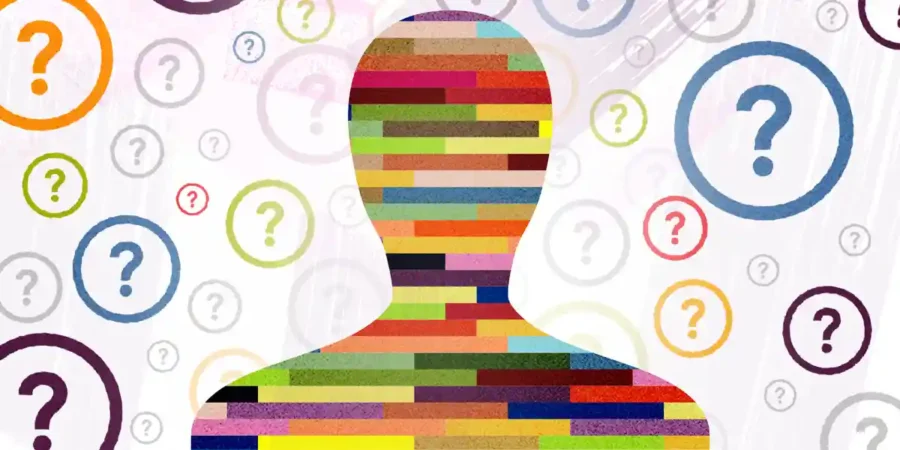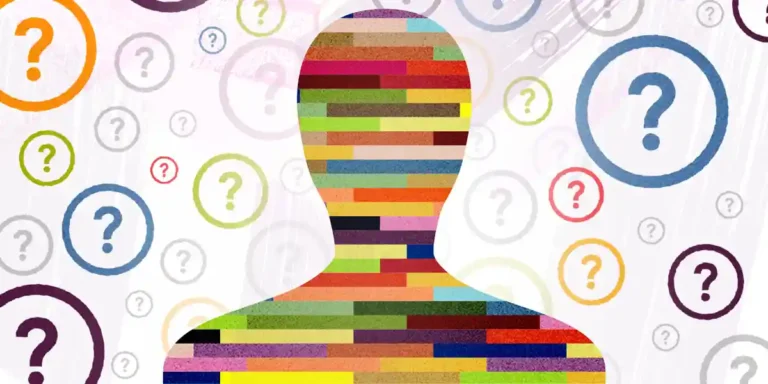Introduction
Imagine you’re responsible for recruitment or talent development. You review resumes, conduct interviews, check references – but you still wonder: will this person truly fit in with the team? That’s where a personality test can make all the difference.
In our article Ten free tips for completing a personality test, we explain how both organizations and candidates can make the most of this tool. In this blog, we’ll take you behind the scenes: what a personality test really measures, how to use it effectively, and how to interpret the results in a meaningful way.
We’ll also look at two powerful models that form the foundation of modern personality testing: the Big Five Personality Test and the 4-Color Personality Test.
Why organizations use personality tests
A personality test isn’t about being “right” or “wrong.” It’s about understanding how people think, behave, and interact. As we mention in our article: “You cannot make mistakes — just try to be as honest as possible.”
Organizations use personality assessments because they want to know:
- Does this person fit with the team and company culture?
- How do they handle communication, pressure, or feedback?
- Are they likely to thrive and stay in the role long term?
Using personality tests helps reduce hiring risks, increase engagement, and improve team dynamics.
Two models that explain personality
To interpret results, it’s helpful to know the frameworks behind most assessments.
The Big Five model measures five main traits: openness, conscientiousness, extraversion, agreeableness, and emotional stability. You can learn more about this scientifically validated model on our Big Five Personality Test page.
The 4-Color model offers a more visual and accessible approach. It identifies four main personality types (red, yellow, green, blue), each with a distinct communication and work style. It’s often used for team development and leadership training. See our full 4-Color Personality Guide for details.
Both models can work well — what matters most is how you apply the insights in practice.
Practical tips for organizations
Here are a few key points for HR professionals and managers, based on our ten tips and years of experience with assessments:
- Be transparent — Tell candidates why you’re using a personality test and how the results will be used.
- Create a calm environment — As our article states, “Make sure you complete the test in a quiet environment so you can concentrate better.”
- Encourage honesty — Reliable assessments, like The Bridge Personality, include checks for socially desirable responses.
- Combine results with other methods — Tests are valuable, but they work best alongside interviews and reference checks.
- Use insights for development — The goal isn’t just selection; it’s also growth and coaching.
- Apply results to teamwork — The 4-Color model helps teams understand communication differences and improve collaboration.
- Be mindful of context — External stress or fatigue can influence results. Encourage candidates to take the test when focused and relaxed.
The candidate perspective
Remember that candidates are also evaluating your organization during the process. A clear, friendly explanation of why you use assessments builds trust.
Let them know:
- There are no “good” or “bad” results. Every profile has strengths and challenges.
- The purpose is to find the right fit, not to judge personality.
- Results will be discussed or used constructively.
As our article says: “There is no good or bad here; every combination makes you who you are.”
Why it pays off
Using personality tests the right way helps you:
- Make better hiring and development decisions
- Increase engagement and retention
- Build stronger, more balanced teams
- Gain reliable insights for coaching and leadership development
The most successful organizations treat assessments not as a gatekeeper, but as a tool for understanding and growth.
Conclusion
A personality test is not a magic solution — but when used thoughtfully, it’s one of the most effective tools for understanding people. Be transparent, combine insights with interviews, and focus on development as much as selection.
Want to learn more? Read our full articles on the Big Five Personality Test, the 4-Color Personality Test, and the original guide Ten free tips for completing a personality test.
Each one offers a fresh perspective on how to make your assessments more reliable, fair, and insightful.
Get in Touch:
TestGroup
Bevindt zich in: De 9 Straatjes
Adres: Herengracht 282, 1016 AV Amsterdam
Telefoon: 020 262 1630
testgroup.com
















